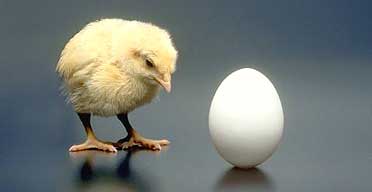I just read one recent study on relationship of injury rate to team standing at the end of the season. You can find the free full text HERE, but here is the abstract anyway.
| Eirale C, Tol JL, Farooq A, Smiley F, Chalabi H. Low injury rate strongly correlates with team success in Qatari professional football. Br J Sports Med. 2012 Aug 17. Abstract Using a prospective cohort study design, this study captured exposure and injuries in Qatar male elite football for a season. Club performance was measured by total league points, ranking, goal scored, goals conceded and number of matches won, drawn or lost. Lower injury incidence was strongly correlated with team ranking position (r=0.929, p=0.003), more games won (r=0.883, p=0.008), more goals scored (r=0.893, p=0.007), greater goal difference (r=0.821, p=0.003) and total points (r=0.929, p=0.003). CONCLUSIONS: Lower incidence rate was strongly correlated with team success. Prevention of injuries may contribute to team success. |
All studies of this kind are more than welcome. There is couple of them trying to show correlation between injuries[1]and team performance/season outcomes with not so clear relationship like this one.
My argument here is who is first – chicken or the egg? With observational studies we are not able to make any causation claims, even if it is common sense. We need experimental study, but that is very hard or nearly impossible to do in these scenarios.

So, the correlation claim should go two way – teams with lower injuries show better standing and teams with better standing show lower injuries. Thus the causation claim from studies like this should also be two-way: if you want a better success as a team reduce injuries AND if you want reduced injuries you better be a successful team. Without experimental study we don’t know what caused what – that’s the way correlation works. We don’t know what the change in one variable will yield in another. Hence the importance of learning statistics.
Suppose your team is on a winning spree. How do you feel? Awesome. How does this affect your stress levels and ability to sustain loads? Positively.
Suppose your team is on a losing spree. How do you feel? Like s*it. How does this affect your stress levels and ability to sustain loads? Negatively.
Thus the same physical workload in those scenarios will yield different reactions and thus different injury potential (IMHO). Hence my comment that if you want to decrease injuries you better play good :). Yes, the data from the study like this can be used as a proof for this claim.
I would love to do a point biserial correlation between wellness score 3-days after a game and game outcome (win, loss, draw), but I don’t have much data at the moment to make it valid. That might give some insights about the influence of the game outcomes on the perception of wellness and even training loads (if you track sRPE), and also correlate injuries with both of those data (we can also use some psychological tests of personality as moderator and even some screening tests). This is still observational, but it might give some more significant data. Idea for the study anyone?
[1] There are a lot of ways to quantify injuries, from time loss to occurrence, from over-use to contact ones. And each of them has pros and cons.












0 comments:
Post a Comment